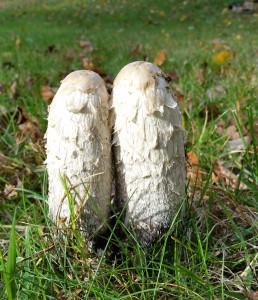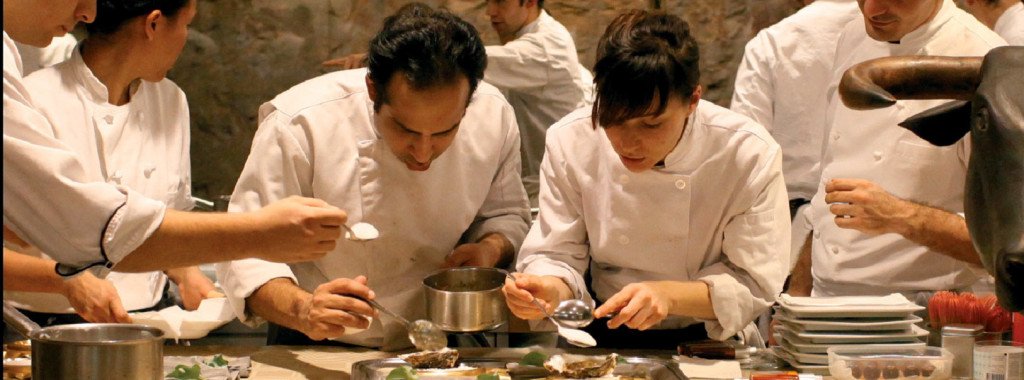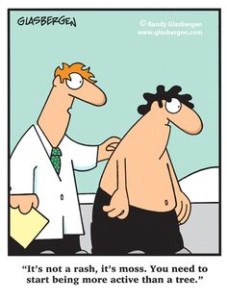When roaming outside and your eyes go no lower than your phone screen, you may miss one or more of your relatives in passing. You are forgiven though if you don’t recognize them immediately as you would be hard-pressed to see any similarities; they separated, along with the animal kingdom, from a common parent more than one billion years ago.
One of the most commonplace yet incredible living organisms appearing before you on the ground are fungi. “Mushrooms?” you ask. Well, yes. The same, gastronomically speaking, as those you serve on your pizza or in a good soup or salad. “My relative?!” Well, several times removed, as they say. Genetically, they are closer to animals than plants through a common ancestor referred to as a Eukaryotic organism. Don’t fear you are eating meat, though, if you maintain a vegetarian diet. Their divergence created unique cellular structures that have some similarities but also some major differences from animal cells.
Fungi have cell walls, which act as a pressure valve, which contain chitin. [No, not ‘chitlins’ which are pig intestines] Chitin is a derivative of glucose which can be found in some very familiar areas in Nature, especially at the dinner table. If you’re a seafood lover, then you’ve handled chitlin as it is a component of the exoskeleton of crabs, lobsters and shrimp as well as the outer shell of squid and octopus. On the other hand, animal cells have tissues which separate cells from organs. Animals cells also lack one feature which is important to both fungi and plants – chloroplasts. They are a specialized sub-unit within a cell which conduct photosynthesis.

It wasn’t until 1993 that an analysis of genetic relationships, rather than physical traits, amongst organisms with complex cells – which includes sponges, protozoa, algae, plants and animals – brought scientists to a different conclusion. Through the analysis of the same genes in different species and tracking the quantity of mutational changes occurring between organisms, they were able to determine kinships based on a developed mathematical model. These findings suggested that animals and fungi share a common evolutionary ancestry.
One interesting idea for consideration that came out of this evolutionary relationship of humans to fungi concerned the difficulty of treating fungal diseases. Dr. Mitchell L. Sogin, of the Center for Molecular Evolution at the Marine Biological Laboratory in Woods Hole, MA, and author of the study indicated that “a lot of the metabolism is so similar that you can’t target a fungus sufficiently without gravely affecting the human host as well.”
One other interesting point about fungi that may escape consideration, especially if you are examining now that mushroom that sits amongst the melted cheese on your pizza, is its sexual nature. Hopefully you are sitting down for this and perhaps have had a few gulps of beer to prepare yourself. While we know that in the human animal there are only two sexes – male and female – scientists have estimated that in fungi there are approximately 36,000. It sounds confusing, but not for them as they are looking more for a mate of a different mating type rather than good looks, money, common interests or any of the other characteristics humans seek amongst each other.
So, what else should we know about fungi that might endear us more to them as our very, very distant relatives? As we have taken a greater responsibility on our planet to reuse and recycle, fungi have been working at this since sometime after they left home and took a different path. They are essential to the health of soil in vegetable gardens, crop fields and forests as they decompose dead plants, animals and other organic matter into soil. Just think of them as early farmers well before we settled the land.
So, the next time you see any fungi growing in your backyard or near a trail, don’t go looking for any its characteristics in your uncle’s nose or your mother’s hair. You won’t find them. Just give a friendly wave and revel in knowing that our most ancient roots are still alive and growing almost underneath our noses…or phone screens.


